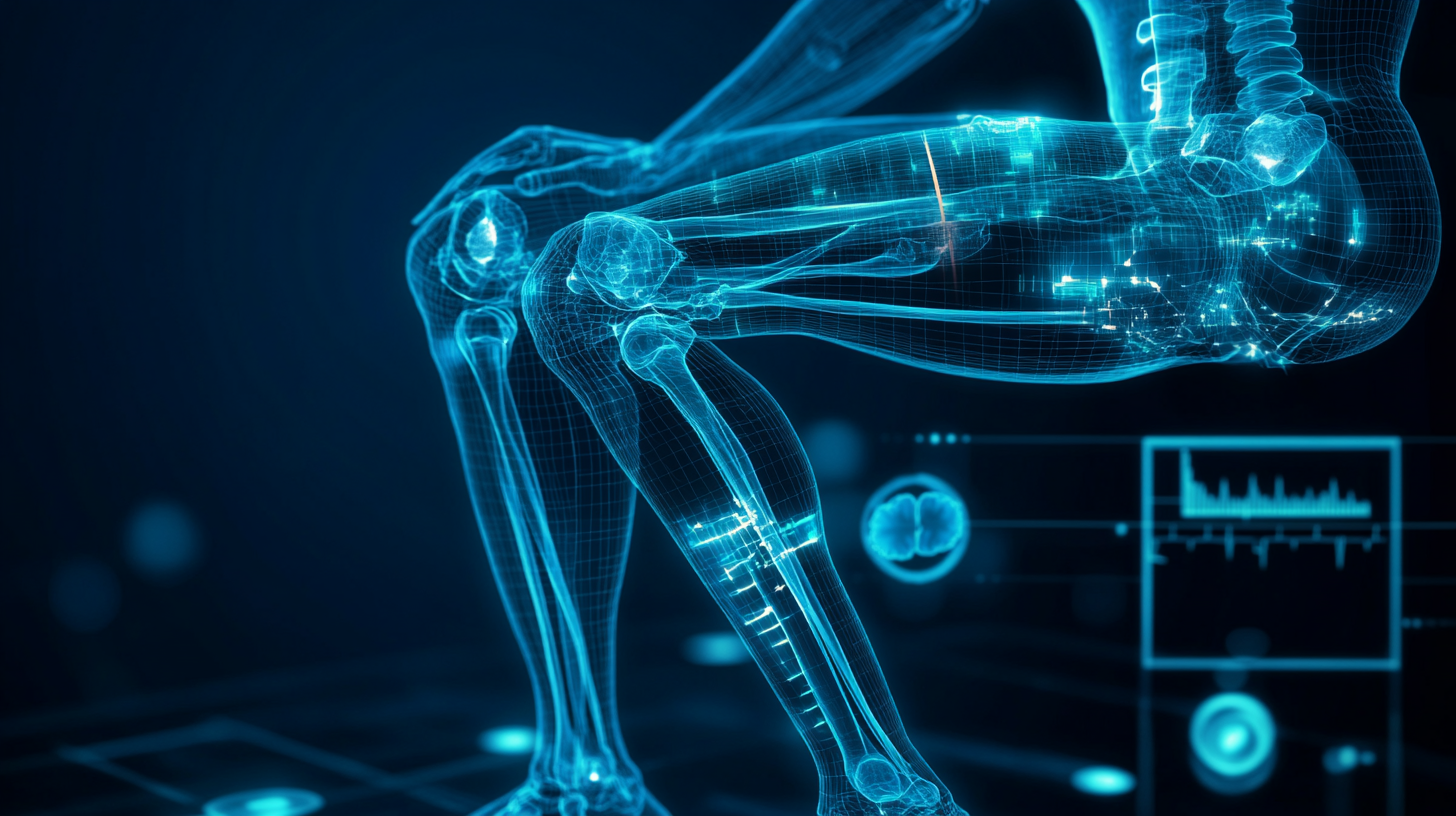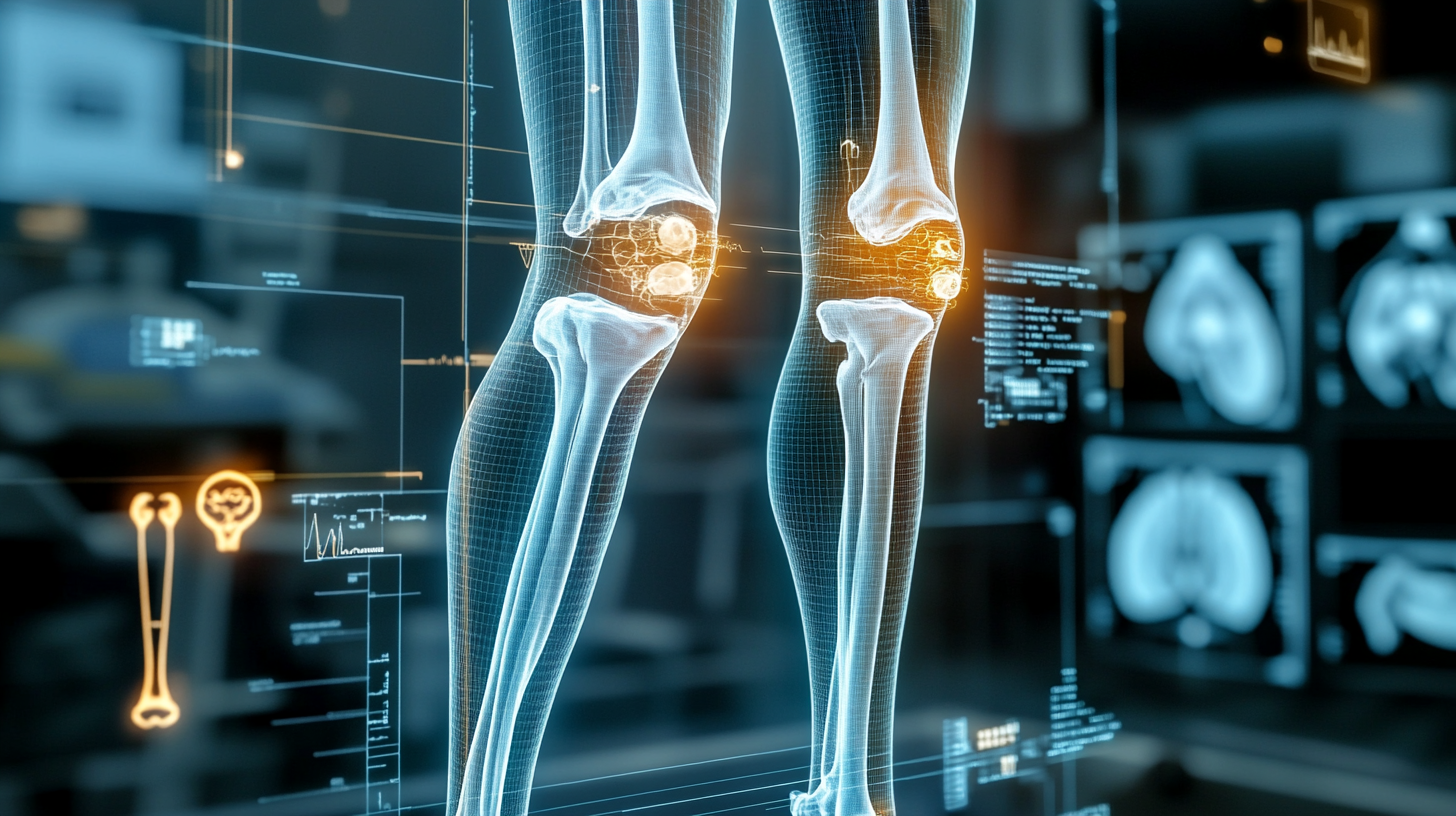The future outlook for the orthopaedics derives system in global markets by 2025 presents a promising landscape as the demand for advanced orthopedic solutions escalates. According to a report by Grand View Research, the global orthotics and prosthetics market is projected to reach USD 8.4 billion by 2025, growing at a CAGR of 4.2%. This growth is driven by an increasing geriatric population and a rise in orthopedic disorders, including osteoarthritis and fractures. Additionally, advancements in technology such as 3D printing and smart prosthetics are expected to significantly enhance the efficiency and effectiveness of orthopaedic interventions. As healthcare systems worldwide grapple with rising patient loads and the need for personalized treatment options, the orthopaedics derives system will play a crucial role in streamlining patient care and improving surgical outcomes. With these trends, stakeholders in the orthopaedic industry must adapt, innovate, and strategize to optimize market opportunities and address the evolving needs of patients globally.

The evolution of orthopaedic devices is at a pivotal moment, marked by significant advancements that promise to reshape the landscape of patient care by 2025. Notably, innovations in regenerative medicine, such as stem cell therapies, are being increasingly integrated into orthopedic surgical practices, enhancing recovery outcomes and minimizing the need for invasive procedures. A recent review highlighted that approximately 30% of orthopedic surgeons are now exploring regenerative techniques to improve healing processes, which is a testament to the growing acceptance of these therapeutic approaches within the field.
Simultaneously, computer-assisted orthopedic surgery (CAOS) is revolutionizing the precision of surgical interventions. Current data suggests that the adoption of CAOS technologies has increased by over 50% in the past three years, with procedures becoming more streamlined through the incorporation of advanced imaging modalities. This trend is indicative of a broader movement towards minimally invasive techniques, which reduces hospital stays and accelerates recovery times for patients. As the industry continues to innovate, the landscape for orthopedic interventions is becoming increasingly sophisticated, reflecting a commitment to improving patient outcomes and operational efficiencies in a rapidly evolving global market.
| Region | Market Size (2020) | Projected Growth Rate (%) | Key Trends | Challenges |
|---|---|---|---|---|
| North America | $15 billion | 5.5% | Technological Advancements | Regulatory Hurdles |
| Europe | $12 billion | 4.8% | Increased Patient Awareness | Cost Management |
| Asia Pacific | $8 billion | 7.0% | Rising Elderly Population | Infrastructure Challenges |
| Latin America | $3 billion | 5.0% | Growing Healthcare Investment | Economic Instability |
| Middle East & Africa | $2 billion | 4.5% | Technological Adoption | Political Instability |
The field of orthopaedics is undergoing a transformative evolution, primarily driven by rapid technological advancements. As we inch closer to 2025, innovations such as 3D printing, robotics, and artificial intelligence are set to revolutionize how orthopaedic surgeries are performed. 3D printing, for instance, allows for the customization of implants and prosthetics tailored specifically to individual patients’ anatomical needs, enhancing fitting accuracy and improving recovery outcomes. The ability to create precise models of bone structures facilitates more effective pre-surgical planning, ultimately leading to reduced operation times and complications.
Moreover, robotic-assisted surgery is gaining traction, bringing forth a new era of surgical precision. These systems significantly reduce human error and provide surgeons with enhanced visualization during complex procedures. Alongside this, AI technologies are improving diagnostic processes and patient management by analyzing vast amounts of data to predict treatment outcomes more effectively. As these technologies become more integrated into clinical practice, the overall quality of orthopaedic care is expected to rise, offering patients better prognoses and revolutionizing rehabilitation processes. The interplay between these advancements will not only redefine patient care but also reshape the entire landscape of orthopaedics by 2025.

The orthopaedic derives systems market is poised for significant growth by 2025, driven by various factors that influence both technological advancement and demographic changes. One of the key market drivers is the increasing prevalence of musculoskeletal disorders, which necessitate effective treatment solutions. This rise correlates with an aging global population, as older individuals are more susceptible to conditions such as arthritis and osteoporosis. Additionally, the growing emphasis on minimally invasive surgical techniques among healthcare professionals is propelling the demand for innovative orthopaedic derives systems that can enhance patient outcomes and reduce recovery times.
However, the market is not without its challenges. Regulatory hurdles and varying healthcare infrastructure across different regions can impede the swift adoption of new technologies. Furthermore, the cost of advanced orthopaedic systems remains a critical barrier, particularly in developing markets where budget constraints are prevalent. Competitive pressure from both established players and new entrants aiming to capture market share also complicates the landscape. As companies navigate these drivers and challenges, strategic partnerships and investments in research and development will be essential to stay ahead in the evolving orthopaedic derives systems market.
This chart illustrates the projected growth and market share of orthopaedic derives systems from 2023 to 2025, highlighting key drivers and challenges in the industry.
The regional insights into the global orthopaedic markets reveal significant growth opportunities that are set to shape the industry landscape by 2025 and beyond. As demonstrated by various market analyses, several regions are experiencing a surge in demand for orthopaedic products and services, fueled by an increase in the prevalence of musculoskeletal disorders and an aging population. In particular, the Asia-Pacific market is poised for remarkable growth, driven by rising healthcare expenditures and advancements in medical technology, which are expected to foster innovation in treatment and surgical procedures.
Moreover, the orthopaedic implants market is projected to witness substantial expansion, with forecasts indicating it will reach approximately USD 26.47 billion by 2029. This growth is attributed to the continuous advancement of implant technologies and an increased focus on minimally invasive procedures. As the industry evolves, companies are expected to leverage these opportunities, enhancing their product offerings and addressing the specific needs of diverse patient populations across various regions. The dynamic nature of the global orthopaedic market will continue to create avenues for growth and collaboration among industry stakeholders, positioning them favorably for the future.

The future outlook for orthopaedic devices is poised for significant transformation by 2025, driven by advancements in technology and an increasing demand for effective treatment solutions. The global market for orthopaedic devices is expected to thrive as the healthcare sector continues to prioritize innovative approaches to patient care. As we anticipate the next few years, projections indicate that key segments, including X-ray systems, will experience considerable growth. According to market reports, the global X-ray systems market is projected to expand from USD 8.1 billion in 2024 to USD 10.9 billion by 2032, reflecting a compound annual growth rate (CAGR) of 3.8%.
This growth trajectory can be attributed to rising incidences of orthopaedic conditions and an aging population, both of which are driving demand for precise diagnostic tools. Furthermore, the integration of digital technologies into orthopaedic practices is enhancing the efficiency and accuracy of treatments. As healthcare providers increasingly adopt advanced imaging systems, we can expect a ripple effect across the orthopaedics sector, fostering innovation and improving patient outcomes. The focus on predictive analytics and smart technologies will undoubtedly shape the future landscape, making orthopaedic devices more accessible and effective in meeting the needs of patients globally.
This chart represents the projected market share of different orthopaedic derives systems by 2025, highlighting the anticipated growth in various segments.
*The content on this website is for general informational purposes only and should not be taken as medical advice. Please contact your physician or therapist to learn what therapy solution is suitable for your specific needs. Not all products, features, or indications shown are approved in all countries.